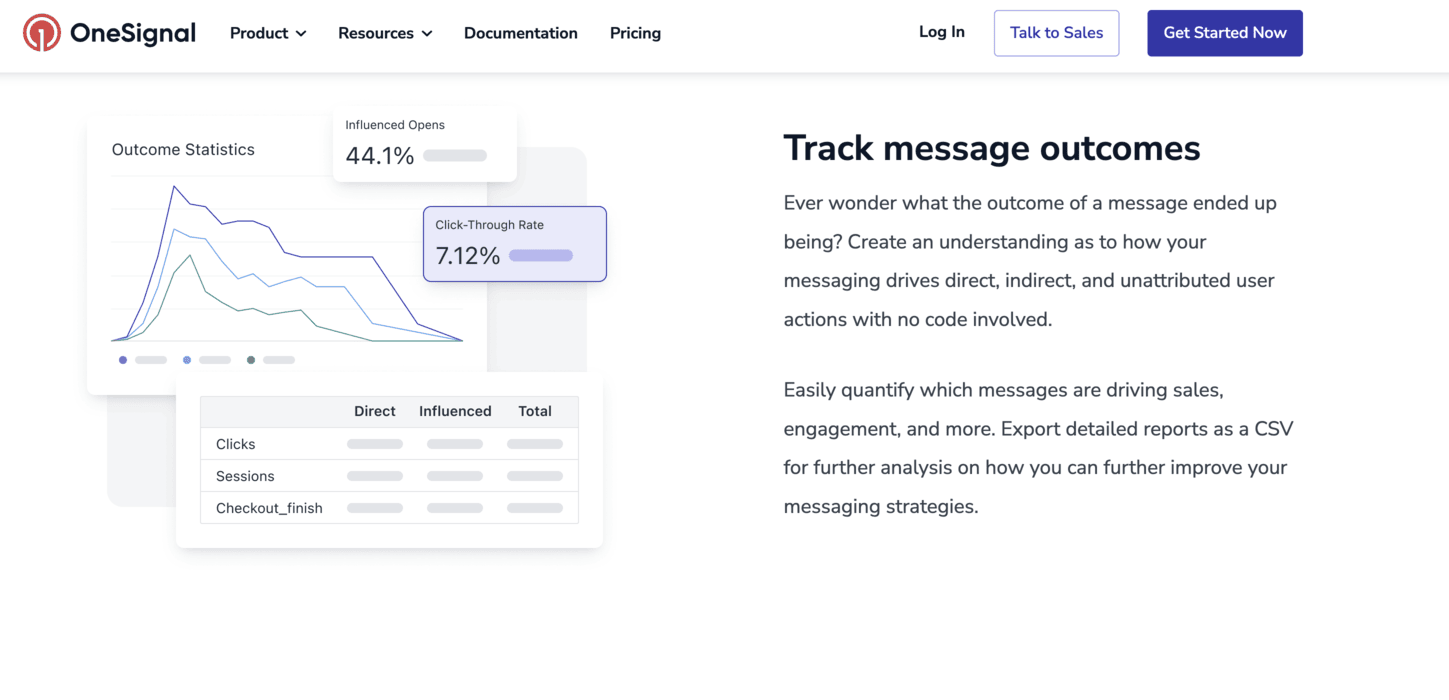
In today’s digital landscape, capturing and maintaining audience attention is more challenging than ever. With endless content vying for users’ time, businesses must find innovative ways to stand out. One of the most effective strategies is leveraging interactivity—specifically quizzes and tools—to boost engagement, build trust, and drive conversions.
Interactive content isn’t just a trend; it’s a proven method for increasing user participation, deepening brand connections, and gathering valuable insights. Whether you’re a SaaS company, an e-commerce business, or a content creator, integrating interactive elements into your strategy can transform how your audience interacts with your brand.
This article will guide you through the practical steps of using quizzes and tools to increase engagement, backed by real-world examples and actionable tips.
What Is Interactivity (Quizzes, Tools) and Why It Matters
Interactivity refers to any form of content that requires active participation from the user rather than passive consumption. Quizzes, polls, calculators, and interactive tools are all forms of interactivity that engage users in a meaningful way.
Why does this matter? Because interactive content is far more engaging than static content. According to a study by BuzzSumo, the average online quiz gets shared around 2,000 times, with many users sharing their results on social media. This kind of organic sharing not only increases visibility but also builds credibility and trust.
Moreover, interactive content helps businesses gather data about their audience. By creating quizzes tailored to specific buyer personas, you can uncover preferences, pain points, and interests that inform your marketing and product development strategies.
How Interactivity Impacts SEO Performance
While interactivity may seem like a purely user-facing feature, it has significant implications for SEO performance as well. Here’s how:
- Improved Dwell Time: Interactive content keeps users on your site longer, signaling to search engines that your content is valuable.
- Higher Engagement Metrics: Quizzes and tools often lead to increased shares, comments, and social signals—factors that can improve your search rankings.
- Enhanced User Experience (UX): A well-designed interactive experience improves overall UX, which is a key ranking factor for Google.
- Content Repurposing Opportunities: Quizzes can be repurposed into blog posts, social media content, and email campaigns, increasing your content’s reach and SEO value.
Additionally, interactivity supports E-E-A-T (Experience, Expertise, Authoritativeness, Trustworthiness), a critical component of Google’s ranking algorithm. When users take a quiz and receive personalized results, they’re more likely to view your brand as an authority in your niche.
Step-by-Step Implementation Framework
To effectively use interactivity for engagement, follow this structured approach:
1. Define or Audit the Current Situation
Start by assessing where your current content stands. Are your landing pages static? Do your social media posts get little interaction? Identify areas where interactivity could make a difference.
Use tools like Google Analytics to track user behavior and determine which pages have the highest bounce rates or lowest engagement. This will help you prioritize where to implement interactive elements.
2. Apply Tools, Methods, or Tactics
Once you’ve identified opportunities, choose the right interactive tools for your goals. Here are some popular options:
- Quizzes: Ideal for lead generation, personality assessments, and educational content.
- Calculators: Useful for providing value-based insights (e.g., cost-saving calculators, ROI estimators).
- Polls and Surveys: Great for gathering feedback and understanding audience preferences.
- Interactive Tools: Such as product configurators, demos, or scenario-based decision-makers.
For example, a SaaS company might create a quiz that helps users identify the best software solution for their needs. This not only engages users but also guides them toward the right product.
3. Measure, Analyze, and Optimize
After launching your interactive content, track its performance using analytics tools. Key metrics to monitor include:
- Engagement Rate: How many users complete the quiz or interact with the tool?
- Conversion Rate: How many interactions result in sign-ups, downloads, or purchases?
- Share Rate: How often do users share their results on social media?
Use A/B testing to experiment with different formats, questions, or visuals. Continuously refine your approach based on user behavior and feedback.
Real or Hypothetical Case Study
Let’s look at a hypothetical case study of a fictional SaaS company called “QuizMaster Pro.”
Objective: Increase lead generation and brand awareness.
Strategy: QuizMaster Pro launched a free quiz titled “What Type of Business Owner Are You?” The quiz asked 10 short questions and provided personalized results, along with a call-to-action to download a free business planning template.
Results:
– Engagement Rate: 68% of users completed the quiz.
– Lead Generation: 1,200 new leads were generated within the first month.
– Social Shares: Over 1,500 shares on Facebook and LinkedIn.
– Email Subscriptions: 300 new email subscribers from the quiz.
By offering value through interactivity, QuizMaster Pro not only boosted engagement but also built a strong foundation for future marketing efforts.
Tools and Techniques for Interactivity
Here are some of the best tools to help you create interactive content:
- Typeform – Excellent for creating visually appealing quizzes and surveys.
- Google Forms – A simple and free option for basic quizzes and polls.
- Formidable Forms – A powerful WordPress plugin for building complex interactive forms.
- EmbedPress – Perfect for embedding videos, maps, and other interactive elements on your website.
- Wistia – Ideal for video content with interactive features like chapters and call-to-action buttons.
- Sketchfab – Great for embedding 3D models, especially useful for e-commerce or product demos.
Each of these tools offers unique benefits, so choose the one that aligns with your goals and technical capabilities.
Future Trends and AI Implications
As AI continues to evolve, the role of interactivity in SEO and engagement will only grow. Voice search, multimodal content, and AI-driven personalization are reshaping how users interact with brands.
For instance, AI-powered chatbots can now offer personalized quiz experiences based on user behavior and preferences. This level of customization enhances engagement and makes the user feel understood.
In the future, we can expect more dynamic, AI-generated quizzes that adapt in real-time to user input. These smart quizzes will not only entertain but also provide highly relevant insights, further strengthening the relationship between brands and their audiences.
To stay ahead, focus on creating interactive content that is both informative and engaging, while also being adaptable to emerging technologies.
Key Takeaways
- Interactivity is a powerful tool for boosting engagement and building trust.
- Quizzes, polls, and interactive tools help gather valuable data and personalize the user experience.
- Effective implementation involves defining goals, choosing the right tools, and continuously optimizing based on performance.
- Interactivity supports SEO by improving dwell time, engagement, and user experience.
- Stay ahead by embracing AI and multimodal trends to create smarter, more personalized interactions.
Ready to transform your content strategy? Start experimenting with interactivity today and watch your engagement soar.
Meta Title: How to Use Interactivity (Quizzes, Tools) to Boost Audience Engagement
Meta Description: Learn how to use quizzes and interactive tools to boost engagement, generate leads, and improve SEO. Discover actionable strategies and real-world examples.
SEO Tags (5): interactivity, quizzes, engagement, SEO, interactive tools
Internal Link Suggestions: Parameter #7: Content Personalization, Parameter #12: User Experience Optimization, Parameter #19: Social Media Marketing
External Source Suggestions: https://www.buzzsumo.com, https://www.typeform.com









